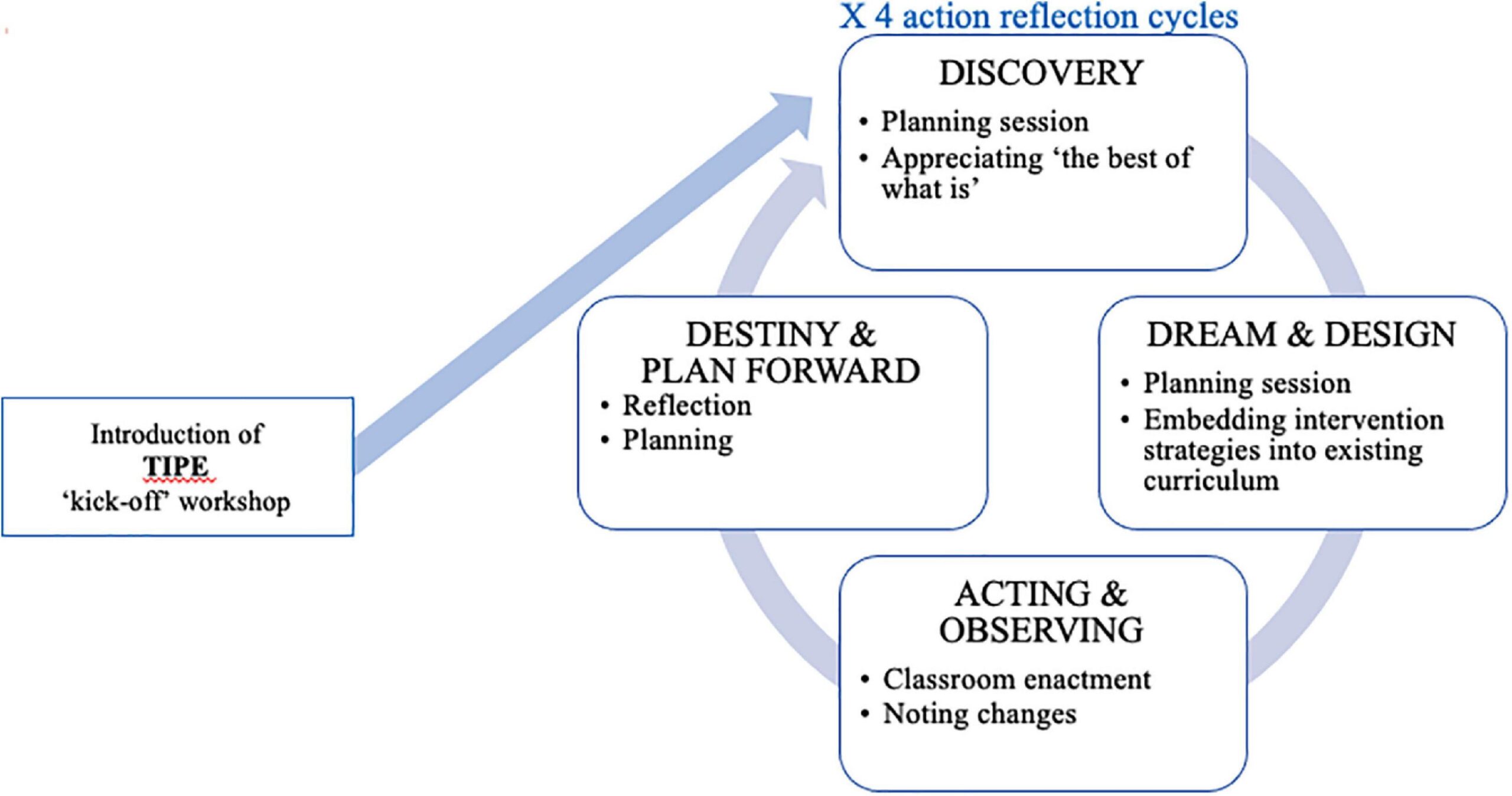Top Strategies for Training Educators to Foster Emotional Wellbeing in Schools
Building emotionally supportive environments in schools is essential. As we recognize the lasting impact of emotional health on student achievement and classroom culture, training educators to foster emotional wellbeing becomes ever more vital. This thorough guide explores the most effective strategies for educator training, the benefits of fostering emotional wellbeing in schools, and practical implementation tips grounded in real-world experience.
Why Emotional Wellbeing in Schools Matters
Before delving into strategies for training,it’s critically important to understand why emotional wellbeing in schools is critical. Research shows that students who feel emotionally supported are more engaged, exhibit better academic outcomes, and develop stronger relationships with peers and teachers. For educators, promoting emotional health reduces burnout and builds resilient learning communities where both teachers and students thrive.
- Increased student engagement and motivation
- Reduced behavioral issues and bullying
- Higher academic performance
- Improved teacher satisfaction and retention
Key Strategies for Training Educators to Foster Emotional Wellbeing
Developing a robust program for training educators to foster emotional wellbeing means more than one-off workshops. The following strategies are proven to empower educators with the skills and mindset required to nurture emotionally healthy classrooms:
1. Integrate Social-Emotional learning (SEL) Frameworks
Triumphant training programs incorporate recognized SEL frameworks such as CASEL, which provide structured approaches for teaching self-awareness, self-management, social awareness, relationship skills, and responsible decision-making. By familiarizing educators with SEL principles, training becomes more actionable and replicable across classrooms.
- Embed SEL into teacher professional development.
- Provide curriculum-aligned SEL activities and lesson plans.
- Encourage reflective practices and self-assessment for teachers.
2. Offer Experiential learning Opportunities
Hands-on, experiential training allows educators to practice emotional wellbeing skills in a supportive environment. Role-playing, scenario analysis, and group discussions make emotional health concepts concrete and relatable.
- Facilitate peer-to-peer learning communities.
- Engage teachers in mindfulness, active listening, and empathy exercises.
- practice conflict resolution and stress management techniques.
3. Provide Ongoing Coaching and Peer Support
One-off training sessions rarely create lasting change. Establishing mentorship and coaching systems enables continuous learning and reflection.
- Pair experienced educators with new teachers for ongoing support.
- Create “Emotional wellbeing champions” groups within schools.
- Facilitate regular check-ins and collaborative sessions to share challenges and solutions.
4.Emphasize Self-Care and Emotional Resilience for Educators
Teachers’ own emotional wellbeing directly impacts thier ability to support students. Well-designed training includes modules on self-care, stress management, and creating a healthy work-life balance.
- Teach mindfulness and breathing techniques for stress reduction.
- Offer resources and referrals for counseling or emotional support.
- Recognize and address signs of teacher burnout early.
5. Leverage Technology and Online Training Resources
With the availability of online resources,educators can access emotional wellbeing training anytime,anywhere. E-learning platforms and mobile apps make it easier to reach wider audiences and provide self-paced learning opportunities.
- Host online webinars and video tutorials on SEL strategies.
- Develop interactive e-learning courses for ongoing skill development.
- Incorporate mobile apps for practicing mindfulness and emotional regulation.
Benefits of Training Educators in Emotional Wellbeing
Investing in ongoing professional development around emotional wellbeing yields transformative benefits for entire school communities:
- Positive School Culture: Classrooms become safe spaces where students feel valued and connected.
- Academic Excellence: Emotionally healthy students demonstrate improved attention, memory, and motivation to learn.
- Lower Teacher turnover: Educators with strong emotional skills are more resilient to stress and less likely to leave the profession.
- Community Engagement: Stronger school-family partnerships enhance and sustain emotional support beyond the classroom.
Practical Tips for Implementing Educator Training in Emotional Wellbeing
Schools can achieve success by following these practical steps when rolling out educator training:
- Start with Leadership buy-In: school leaders should model the importance of emotional wellbeing and allocate resources for professional development.
- Customize training to School Context: Assess the unique needs of staff and students to tailor programs accordingly.
- Measure and Evaluate Impact: Use surveys, focus groups, and classroom observations to track progress and refine initiatives.
- Celebrate Milestones: Recognize teachers and teams who demonstrate exceptional commitment to fostering emotional health.
Case Study: Successful Emotional Wellbeing Training in Action
Sunshine Elementary School implemented a year-long emotional wellbeing program based on the CASEL framework. The school provided monthly SEL workshops, established peer coaching groups, and ran weekly mindfulness sessions for teachers. Within a year, disciplinary incidents fell by 40%, teacher retention improved, and student surveys showed meaningful upticks in feelings of safety and belonging.
“After receiving emotional wellbeing training, our teachers felt equipped to handle daily stresses and support students effectively. The difference in our school climate was palpable,” states Principal Lisa Moore.
First-Hand Experience: Teacher Perspectives on Emotional Wellbeing Training
Teachers who have completed emotional wellbeing training highlight the lasting impact on both personal and professional lives. Many report reduced anxiety, improved interaction with students, and greater overall job satisfaction.
-
“Our peer support network made a huge difference. I always have someone to lean on and share strategies with.”
-
“Mindfulness exercises have become a regular part of our day. My students are calmer, and so am I.”
Conclusion: Building a Foundation for Lifelong Wellbeing
Fostering emotional wellbeing in schools begins with empowering educators.By implementing evidence-based strategies for training educators to foster emotional wellbeing in schools, we lay the groundwork for thriving classrooms and communities. Investing in the emotional resilience of teachers is an investment in the future success of our students. With intentional professional development, ongoing support, and a holistic approach, we can cultivate schools where every individual—teacher and student alike—feels safe, valued, and empowered to succeed.

